BigMemory
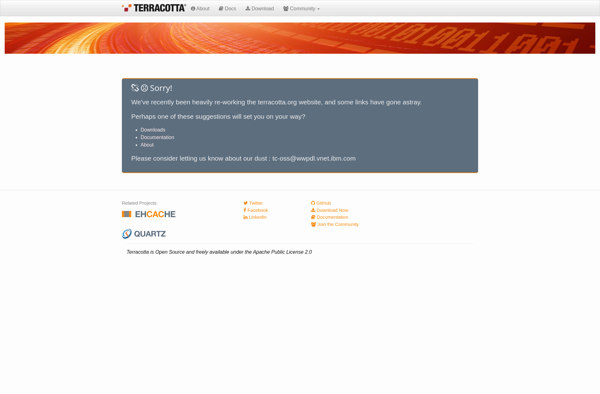
BigMemory: Fast In-Memory Data Management System
BigMemory provides a fast, scalable cache and data store for applications, allowing terabytes of data to be stored in memory for low-latency data access.
What is BigMemory?
BigMemory is an in-memory data management system developed by Terracotta. It provides a fast, scalable in-memory cache and data store for applications to boost performance.
Key features of BigMemory include:
- Distributed in-memory data storage across multiple servers
- Scales up to terabytes of data in memory
- Low latency data access and high throughput
- Persistence options todisk to prevent data loss
- Continuous availability with no single point of failure
- Integration with Spring and Hibernate frameworks
BigMemory is commonly used to provide a high-performance shared cache for web applications to reduce load off databases. It can also serve as a fast in-memory data store and analytics platform. Use cases include session management, HTTP caching, streaming data analysis, geospatial applications etc.
Overall, BigMemory allows storing large volumes of application data in memory for order-of-magnitude faster performance compared to disk-based databases. Its distributed architecture provides linear scalability and continuous uptime for mission-critical applications.
BigMemory Features
Features
- Distributed in-memory data storage
- Automatic data eviction and loading
- Read/write caching for databases
- Support for terabytes of data
- Integration with Hadoop and Spark
- High availability through replication and failover
Pricing
- Subscription-Based
Pros
Cons
Official Links
Reviews & Ratings
Login to ReviewThe Best BigMemory Alternatives
Top Development and In-Memory Databases and other similar apps like BigMemory
Here are some alternatives to BigMemory:
Suggest an alternative ❐Redis
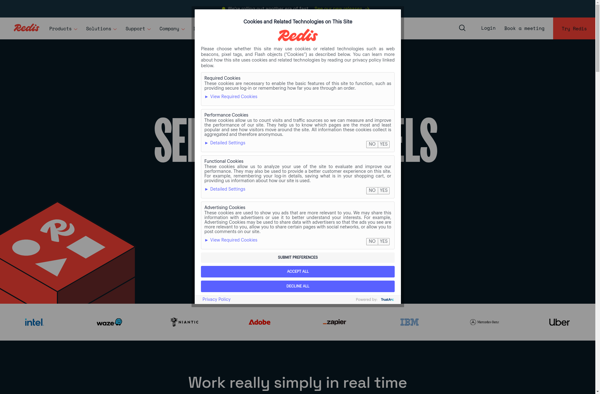
MongoDB
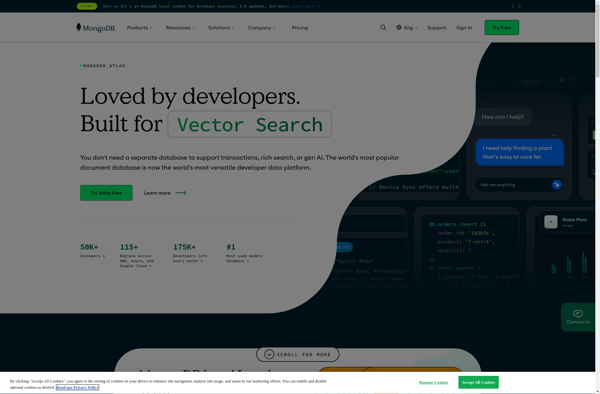
CockroachDB
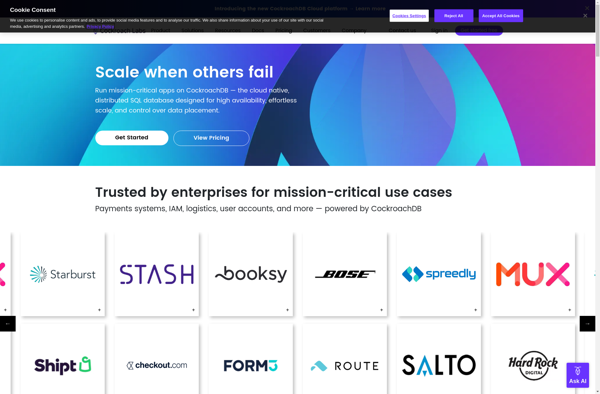
CouchDB
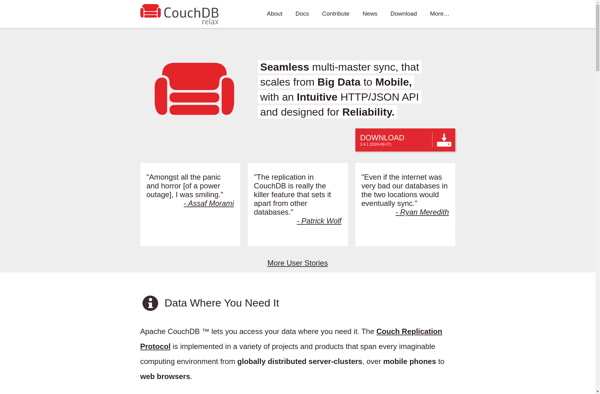
H2 Database Engine

Titan Database
RethinkDB

Azure Cosmos DB

Memcached
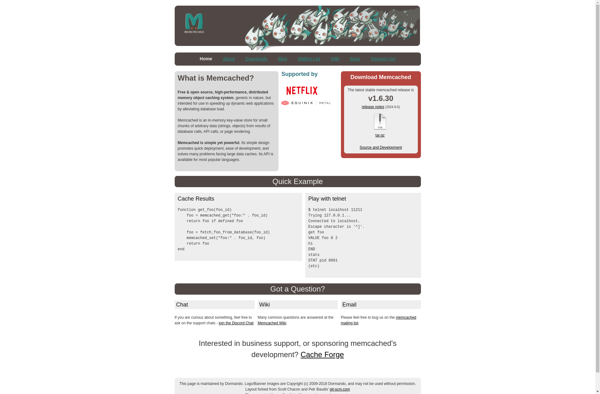
OrbitDB
